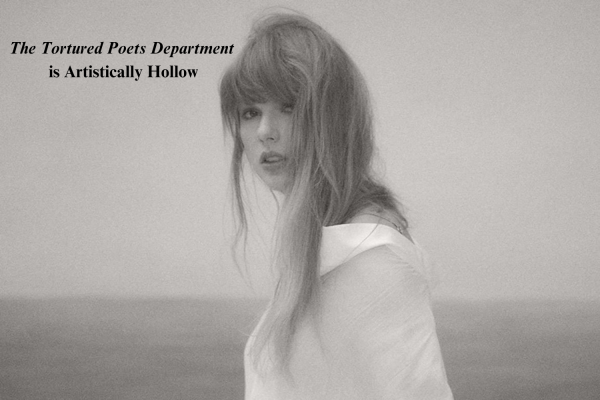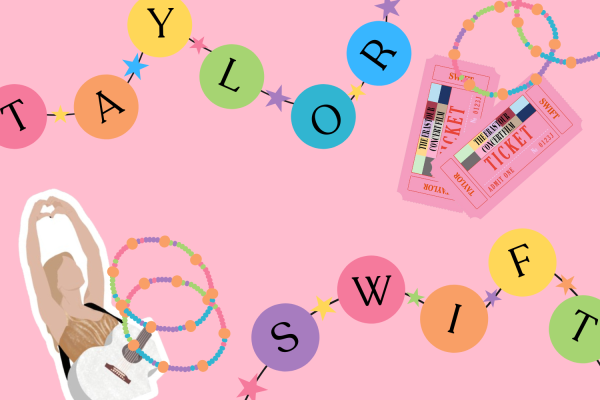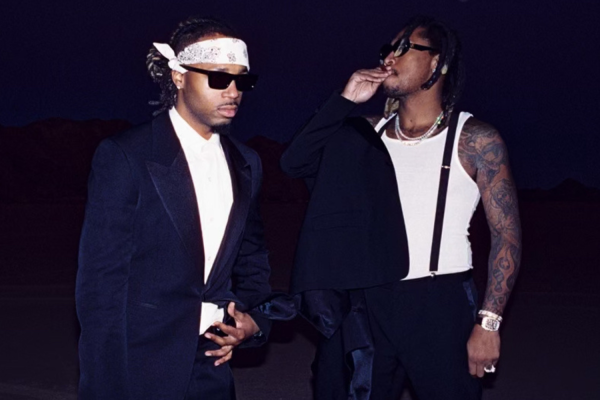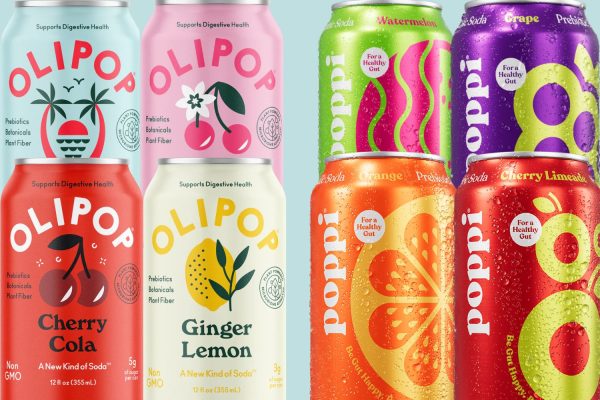“Pulp Fiction” streams with style

Photo courtesy of IMDB
In honor of Netflix’s backdoor wheeling and dealing, which has granted them the elusive (if temporary) rights to most of Quentin Tarantino’s catalogue, including “Kill Bill” one and two, “Inglorious Bastards”, “Jackie Brown”, and “The Hateful Eight”, I will be completing a marathon in review of his best works.
The ones that make you repress your knowledge of his predilection for feet and his tendency towards random, strange aggression, and simply enjoy the pop cultural banter and banging soundtrack. (If only directors had no personality flaws!)
We start our journey with Tarantino’s titular work, “Pulp Fiction”: the movie which relaunched John Travolta’s career, shot Quentin Tarantino into the ranks of directorial esteem, and gave Uma Thurman’s pageboy cut a wall poster spot in three-quarters of all the dorm rooms of America.
After the 1994 release, the film was nominated for seven Academy Awards, including Best Picture. Movie nerds can credit Tarantino with revolutionizing the field of indie cinema, showing that not only could independent films be critically acclaimed, but a box office hit as well.
The film exudes an effortless sort of cool, boasting a cast of swaggering hit men who discuss philosophy and cheeseburgers, a 90s damsel in the throes of heroin-overdose distress, British, Hawaiian-shirt-clad restaurant robbers in love, and soft-spoken boxers with strangely foreign taxi drivers and girlfriends. The tales of our motley crew are woven together, interlaced and overlapping, establishing Tarantino’s trademark out-of-order storytelling technique.
Somehow, the technique isn’t confusing; each character is given a full and completed story arc, all within the span of the day. The multiple perspectives align like puzzle pieces at the end, when the plot is brought to a close – all loose ends wrapped up, i’s dotted, t’s crossed.
It is piningly nostalgic, boasting an eclectic old school soundtrack (featuring Dusty Springfield’s “Son of a Preacher Man” and Al Green’s “Let’s Stay Together”, to name a couple favorites). Faded ’70s movie star John Travolta is returned to his glory, only a bit grubbier. The once pristine golden boy from musicals and dance movies has returned as a long-haired contract killer, laid back and confident.
Tarantino shows his hand (his inner film fanboy) through homages to ’70s blaxploitation, spaghetti westerns, French new wave and golden age cinema, the famous Mia Wallace dance scene is copied entirely from the Godart classic “bande a part.”
The favorite elements from each genre are meshed together with an added twist, to create a film that, above all, does not take itself too seriously. There are no long, scenic camera pans here, just added banter and pop culture references.
Despite featuring some darker themes, all the violence and drug use is so heavily stylized that it loses its reputation as scary, instead becoming as much a part of the backdrop of the plot as the Denver omelets served in the diner. The seedier side of town isn’t gritty or sad, but full of wisecracking gangsters and their failed actress wives.
Both unpretentious and smoothly crafted, “Pulp Fiction” is the introductory course to Tarantino films; an easy pill to swallow no matter the audience. Cult classics are rarely so enjoyable.












